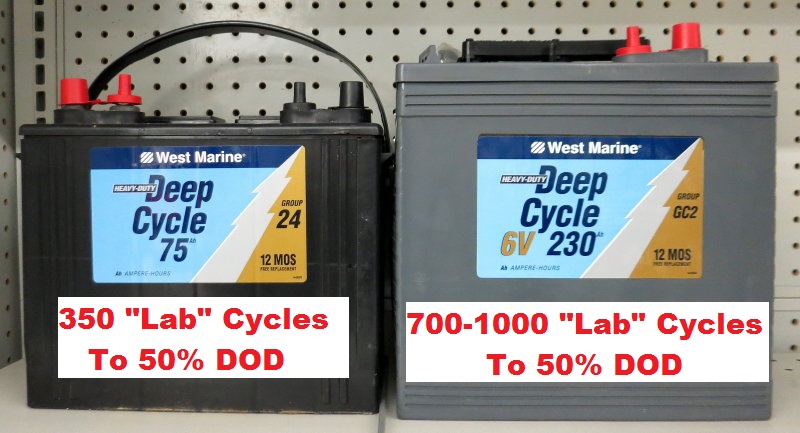My new to me boat has a house and starting battery and battery switches and AC battery charger in addition to the engine alternator. Unsure if it has battery combiner or isolator.
Both batteries showed around 3 V. One was way way down on water.
So before spring I need to see if I can get the batteries up to usable condition with desulfating. Or buy one or two new batteries.
Then to determine if AC charger is not working properly and finally if engine alternator is working OK.
Batteries with very low voltage and low in battery acid with plates exposed do not give me hope for getting batteries back to working condition.
Am I missing something to check?
Both batteries showed around 3 V. One was way way down on water.
So before spring I need to see if I can get the batteries up to usable condition with desulfating. Or buy one or two new batteries.
Then to determine if AC charger is not working properly and finally if engine alternator is working OK.
Batteries with very low voltage and low in battery acid with plates exposed do not give me hope for getting batteries back to working condition.
Am I missing something to check?

